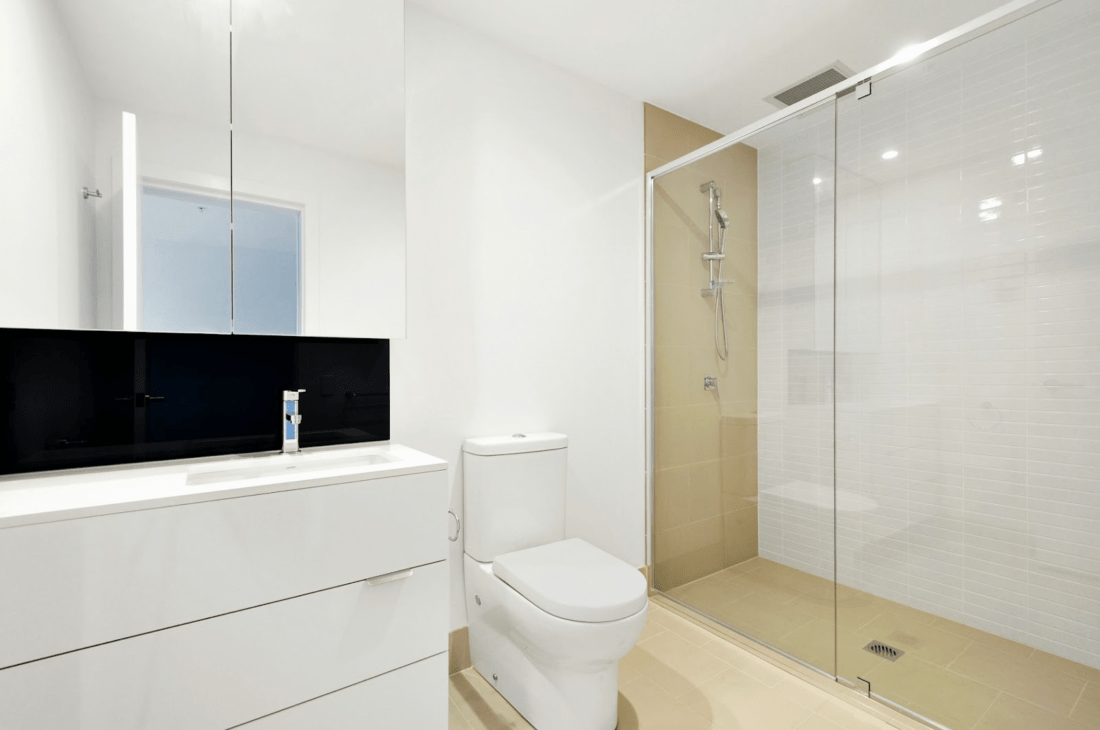Showering or bathing after knee surgery is essential for hygiene and recovery, but it must be done with extra care to avoid injury and promote healing. The following guide will cover everything you need to know about showering and bathing safely after knee surgery, including precautions, recommended practices, and tips to make the process smoother.

1. Understanding Your Restrictions
After knee surgery, your surgeon or physical therapist will provide specific instructions on when you can shower or bathe. Adhering to these guidelines is crucial, as immersing your surgical site in water too early can increase the risk of infection and complicate healing. Generally, showering is allowed sooner than bathing because the incision is not submerged. However, the exact timeline will depend on factors such as:
- The type of surgery: Different procedures (such as a knee replacement, ACL reconstruction, or meniscus repair) may have varying recovery guidelines.
- Wound care requirements: Some incisions may need to remain dry for an extended period, while others may be waterproofed with surgical glue or special dressings.
- Doctor’s recommendations: Always consult with your healthcare provider to understand when it is safe to resume regular showering and bathing.
2. Preparing for a Safe Shower
Once you’ve been cleared to shower, you’ll need to take steps to minimize risks. Slipping and falling can be disastrous after knee surgery, so preparation is key. Here’s how to set up a safe shower environment:
a. Use a Shower Chair or Stool
A shower chair or stool allows you to sit down, reducing the pressure on your knee and lowering the risk of slipping. Make sure to choose one with non-slip feet, which will provide stability on wet surfaces.
b. Install Grab Bars
Grab bars provide extra support when moving around or standing in the shower. Ensure they are securely installed at accessible points. Avoid using towel racks or other bathroom fixtures for support, as they are not designed to bear weight and could break.
c. Non-Slip Mats or Strips
Place non-slip mats or adhesive strips on the shower floor to enhance traction. This added layer of safety can make a significant difference, especially when using a crutch or walker.
d. Organize Shower Essentials
Before you start, arrange your soap, shampoo, and other toiletries within easy reach. This setup will prevent the need to twist, turn, or bend, minimizing strain on your knee.
3. Showering with a Surgical Incision
It’s essential to keep your surgical incision dry until you receive approval to wet it. Here’s how to protect your wound during showering:
a. Waterproof Dressings
Ask your healthcare provider about waterproof dressings for covering the incision site. These adhesive bandages keep water out while still allowing you to clean the surrounding area. If a waterproof dressing is unavailable, you can create a temporary cover using plastic wrap and medical tape.
b. Avoid Direct Water Pressure
Direct water pressure on your surgical site can cause discomfort and potentially damage your incision. When showering, ensure the water flow is gentle and avoid spraying directly onto the incision area.
c. Pat Dry, Don’t Rub
After showering, carefully pat the area dry with a clean towel, rather than rubbing it. Rubbing can irritate the incision and slow healing. Make sure to thoroughly dry the incision area, as moisture can lead to infection.
4. Bathing Considerations
Taking a bath after knee surgery is generally discouraged until your incision is fully healed. Sitting in water exposes your incision to bacteria and increases the risk of infection. Once your healthcare provider gives the green light for bathing, follow these tips to ensure safety:
a. Consider a Sponge Bath
If you’re not cleared to submerge your knee, consider sponge bathing to maintain hygiene. This method allows you to clean your body without risking your incision site. Use a clean washcloth and mild soap to wipe down your body, and avoid getting the knee wet.
b. Use a Bath Bench
A bath bench extends out of the bathtub, allowing you to sit outside and swing your legs into the tub. This way, you avoid the need to climb over the tub’s edge, which can be strenuous on your knee. If possible, have someone assist you when getting in and out of the bath.
c. Temperature Control
Keep your bath water at a warm but not too hot temperature. Hot water can cause swelling around the surgical site, which can be uncomfortable and delay recovery.
5. Additional Tips for Safe Showering and Bathing
Beyond protecting your incision and avoiding slips, here are a few more tips to help make the process safer and more comfortable:
a. Take Your Time
Don’t rush through your shower or bath. Moving too quickly can lead to accidents, especially when your mobility is limited. Take your time, and don’t be afraid to ask for help if needed.
b. Use a Long-Handled Sponge or Shower Head
Long-handled sponges allow you to clean hard-to-reach areas without bending or stretching. Similarly, a handheld shower head can help you direct the water flow as needed, reducing strain on your knee.
c. Wear a Waterproof Leg Cover
If your knee isn’t ready for exposure to water, consider investing in a waterproof leg cover. These reusable covers are designed to keep your entire leg dry and are ideal for showering.
d. Enlist Assistance
Having someone nearby during your first few showers or baths can provide peace of mind. If you’re uncomfortable with someone in the room, they can simply stay nearby to assist if necessary.
6. Aftercare for Your Knee
After showering or bathing, take a few moments to care for your knee. Elevate it to reduce swelling, and apply ice as recommended by your healthcare provider. Ensure your incision is dry, and change your dressing if necessary.
Regular showering and bathing are crucial for personal hygiene and mental well-being, especially during recovery. With careful planning and adherence to your doctor’s guidelines, you can safely navigate showering and bathing without jeopardizing your recovery. Remember that healing takes time, so be patient with yourself and prioritize safety over convenience.
By following these tips, you can enjoy a clean, comfortable, and safe bathing routine during your knee surgery recovery.
7. Preventing Slips and Falls
West Palm Beach slips and fall accidents are among the most common accidents that can occur in the bathroom, especially when mobility is compromised due to knee surgery. A fall could potentially cause further injury to your knee, set back your recovery, or lead to additional injuries. To minimize the risk, consider these proactive steps:
a. Dry the Bathroom Floor Thoroughly
Make sure the floor outside the shower or bath is dry before entering and after exiting. Water can easily pool and create a hazard. Keeping towels handy or using absorbent bath mats can help prevent accidental slips. If you’re sharing the bathroom with others, ensure they’re aware of your recovery needs and request they keep the area dry.
b. Keep a Phone Nearby
If you’re concerned about falling, consider keeping a phone within reach so you can quickly call for help in case of an emergency. Alternatively, alert someone in your home before you shower so they’re aware and can assist if needed.
c. Be Mindful of Water Spills
When using a handheld shower head or sponge, try to contain the water as much as possible. A loose stream of water can easily spill onto the floor, creating a slipping hazard. Installing a shower curtain that extends around the entire tub or shower area can help keep water contained.
d. Ensure Proper Lighting
Good lighting can make a big difference in avoiding slips and falls. Make sure the bathroom is well-lit so you can clearly see any potential hazards. If necessary, install brighter bulbs or add a nightlight for early morning or evening showers.
e. Avoid Hasty Movements
Quick movements can easily lead to imbalance and accidents, particularly in a slippery bathroom. Take slow, deliberate steps and use any available supports, like grab bars or a walker, to help steady yourself. Allow extra time to enter and exit the shower or bath so you don’t feel rushed.
f. Consider Anti-Slip Stickers
In addition to using a non-slip mat, you can place anti-slip stickers directly on the bathroom floor. These adhesive strips add traction in key areas where water might spill, providing an extra layer of protection.

